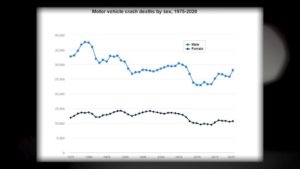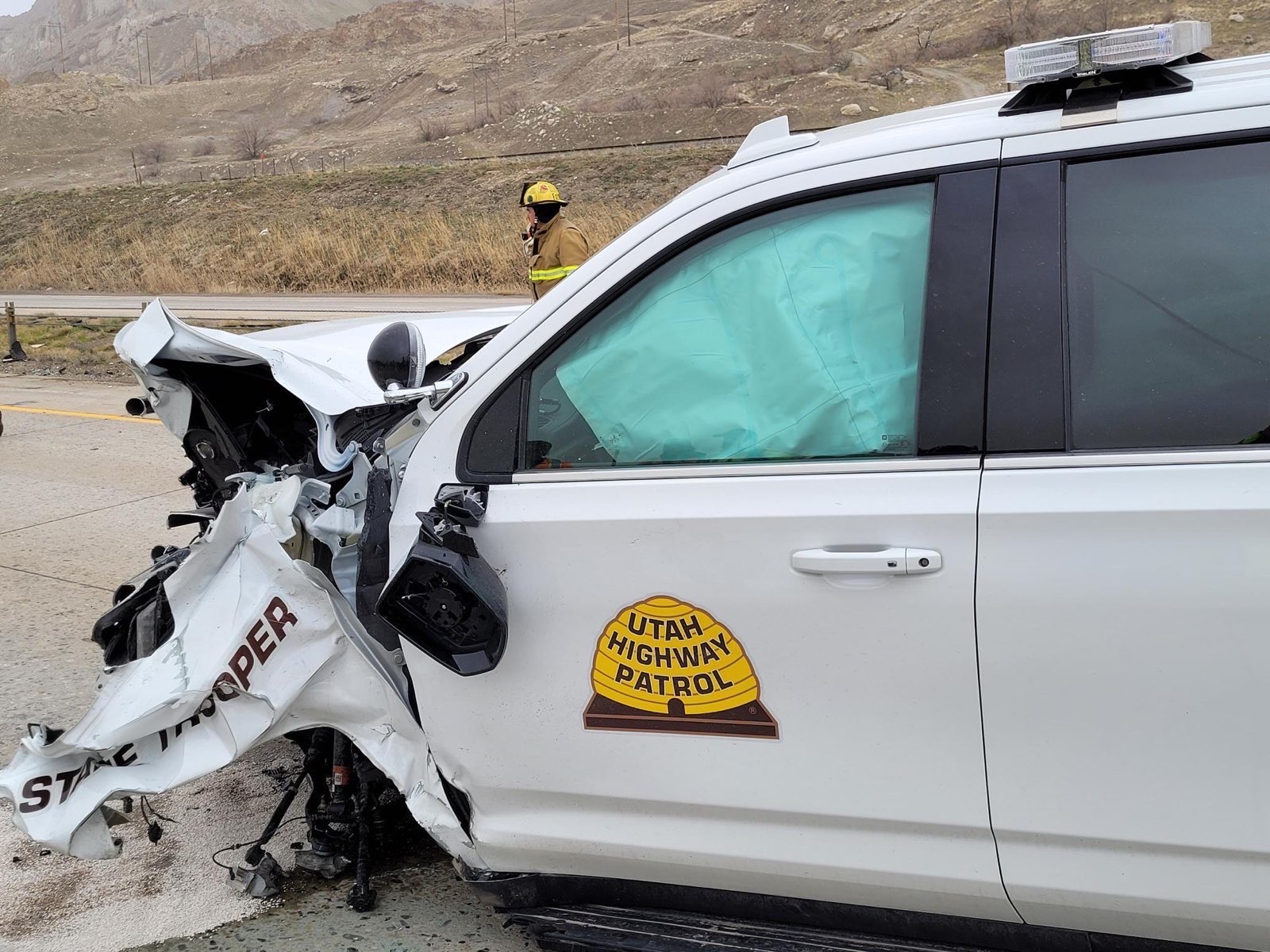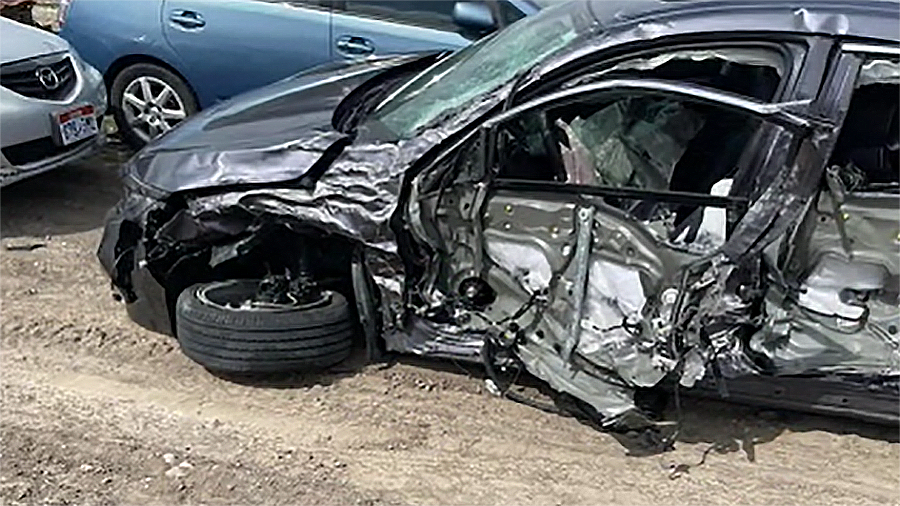ROAD TO ZERO
Road To Zero Fatalities: Male vs. female drivers
Aug 17, 2022, 9:23 PM | Updated: Aug 18, 2022, 6:04 am
SALT LAKE CITY – Dave McConnell has four decades of experience teaching Utah teens how to drive at high schools and through his own driving school.
“I give the kids examples of people that I know, teenagers that I know, over the last 40 years that have been killed,” he said.
McConnell, owner of Dave’s Driving School, said right away it’s clear right the differences between how boys and girls approach the new skill.
“The girls are more teachable, they want to learn how to be a good driver,” he explained. “The boys really do think they already know how.”
The differences between male and female drivers are also apparent in crash statistics.
“When you look at fatal crashes you’re going to see a bigger difference between males and females,” said Sgt. Cameron Roden with the Utah Highway Patrol.
An analysis by the Insurance Institute for Highway Safety found that in nearly every year from 1975 to 2020 the number of U.S. men killed in crashes was more than twice that of women.
In 2020, males accounted for 72% of all motor vehicle crash deaths and 92% of motorcyclist deaths, according to the institute’s analysis of data from the U.S. Department of Transportation.
In Utah, crash data from 2017 to 2021 showed that 85% of motorcycle crashes involved males, according to the Utah Department of Public Safety.
“Males are more prone to make riskier decisions and tend to be a little more thrill seeking,” Roden said.
The Insurance Institute for Highway Safety points to men being more likely to drive while impaired and to not wear seat belts.
“Each year from 1982 to 2020, speeding was identified as a contributing factor for a greater proportion of male drivers killed in motor vehicle crashes than for female drivers killed in crashes,” the nonprofit institute’s analysis said.
But there are other reasons behind more men being involved in serious and fatal crashes.
“Males tend to be more of the driver in a lot of situations,” Roden said. “They do drive more often or they may drive more miles.”
Roden said that age is also a factor and that younger males are even more at risk.
The highway patrol wants parents and family members to know that they can play a big part in correcting dangerous driving behavior.
“If a loved one sees a behavior that is dangerous with a family member and then addressing that with the family member, it tends to go a long way,” Roden said. “Teaching them to make sure that they put their seatbelts on. That they monitor their speed. That they don’t take their aggression out on the roadway.”
“It’s a job that we all have to get involved with,” McConnell said. “Driving a car can be fun. It should be fun but there should be some guidelines there that you have to live by.”
















